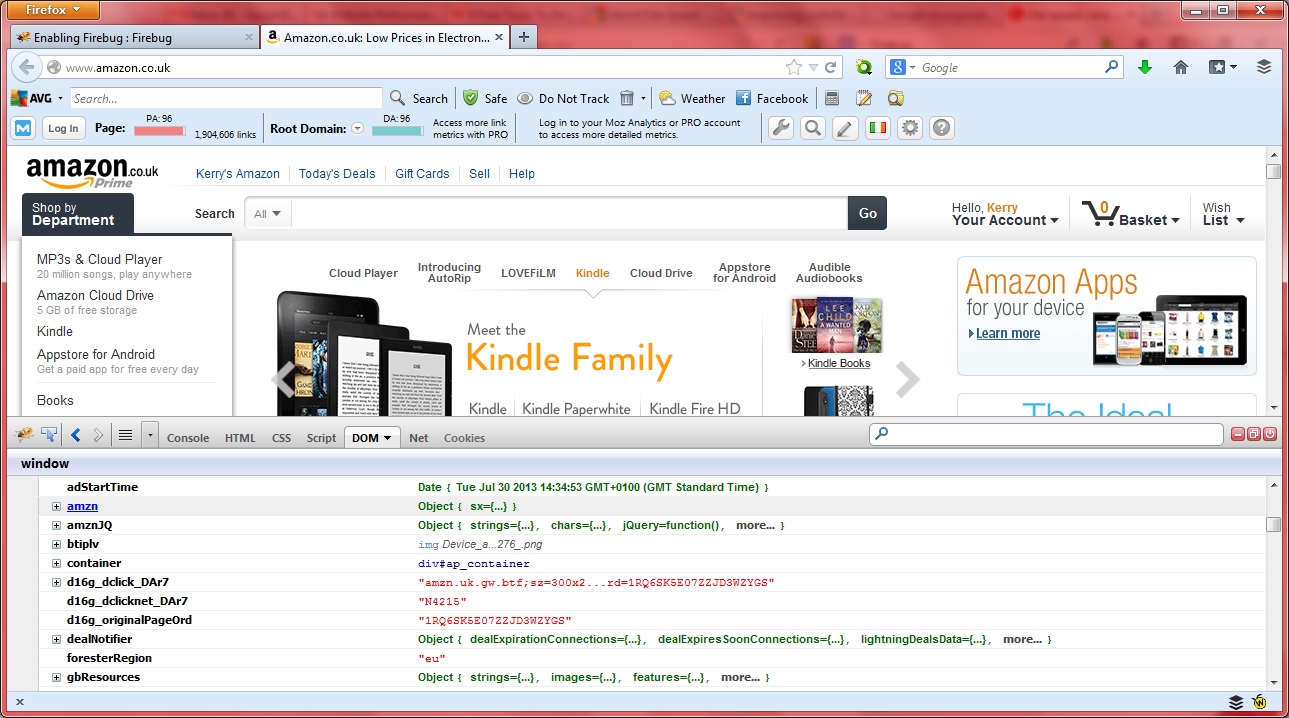Way back in 2010, Google introduced a new aspect to its algorithms that looked at site speed and the effect it has on SEO. Whilst the changes weren’t massive and overall accounted for just 1% of the overall SEO picture, Google were really flagging up the idea that usability is the key to success.
However, according to a study carried out by Yahoo! and presented at a trade show, there is a direct link with a drop in sales and traffic for slower sites. The presentation found that:
- A site that’s 500 milliseconds slower than the average load times experienced a 20% drop in traffic on Google
- On Yahoo! 400 ms slower translated to a 5-9% drop in full page traffic when the user didn’t hang around long enough for a page to fully load
- Amazon saw a 1% drop in sales when its pages were loading 100 ms slower
The cliché “first impressions count” is very true when it comes to web design, as is performance of a site, as most people won’t wait long before getting fed up and turning to competitor sites.
A study carried out last May found that of the 60,000 consumers asked, 8% said that they leave slow sites whilst making a purchase. You’ve got an insane business idea, great design – speed could be letting you down. However, that doesn’t mean that all 8% would go on to complete the purchase, so the results were studied alongside average conversion rates.
It was found that weighting the average conversion rare for internet shoppers (4.35%) against the value of worldwide global sales (£486bn) and found that eTailers could be losing around £1.73bn per year in lost sales due to badly performing sites.
It also found that average load times for homepages were around 3.5 seconds, but some were as slow as 15 seconds.
Mobile and responsive designs
This is worrying when considered alongside the increasing trend toward using mobile for the internet and responsive design websites, which tend to be slower to load as they send all HTTP requests to the target device. This delivers a full desktop site even when a lot of the content is hidden.
This means that even with internet speeds continually being upgraded, it’s always necessary to look at load times for a site and if necessary, get issues sorted.
For new projects, the idea of building from mobile up, rather than designing for the desktop, makes sense, as this means that performance will be something that’s more likely to be looked at in detail.
What can be done about it?
Firstly, taking a look at Google’s best practices is worth doing, so that you have a clearer idea what’s necessary. Bear in mind that in order to optimise your site, it’s more than likely that you will need to get a designer involved in order to make any changes to code, unless you develop your own site.
It’s probably a good idea to do a site audit in the first instance to pick up any further issues and test the site thoroughly. Google’s page speed tool is also worth using to get as much insight as possible into the reasons for a slow site. Most SEO Consultants and/or site auditors will analyse site speed and find solutions to any problems that are present.
There are plenty of additional tools to be found online that will help you to further drill down exactly what the problem is too.
Images
One of the biggest culprits when it comes to loading times has always been images and how much these are optimised. In order to ensure that images are as small as they need to be, you can use a tool such as YSlow’s Smush.it, which easily allows you to reduce image sizes, without compromising on the quality of the image.
Basically, this allows you to upload files to be reduced, or enter URLs of the pages containing the problem images. The software then reports on how many bytes can be saved and it’s then recommended that you download the resulting zip files and replace the old images on your site with new via FTP.
What about WordPress sites?
Since WordPress has increased in popularity so much, it’s worth mentioning that there are some excellent plugins to be found which can speed up a site.
- W3 Total Cache
- WP Clean Up
The latter can really clean up your database very effectively and considerably contribute towards speeding a WP site up. It looks at comments, orphaned data and much more in order to clean up the installation.
W3 Total Cache is also a great plugin and will load pages up to 70% faster, although it’s often necessary to have a fiddle with the configuration before seeing the best results. This means you should test page speeds both before and after configuring the plugin to see what gives the best results.
JavaScript and tracking software
These can often slow your site down, especially with regard to mobile. Whilst it’s important to have social sharing on your site, do you really need a button for each and every social network?
Firebug allows you to inspect all of the code on a site with a simple browser add-on. Again, you will need to be very familiar with coding and design in order to use this, or discuss it with your developer.
This also allows you to check fonts, CSS, HTML, scripts and much more and is a handy tool for those who are familiar with web development. If your site is older, then it’s a good idea to check for old, not-needed tracking software as this can cause some sites to run slow.
Other issues to consider
What else can be slowing your site down? It could be a number of things that are all combining to make it so, such as:
- Ad network code is often JavaScript based and can slow load times, check that it’s really worth having
- Server configuration should be checked to make sure that it applies Gzip compression to HTML, CSS and JavaScript – your sysadmin or hosting company will be able to help with this
- Shared hosting may have an effect so consider using a virtual dedicated server, or for large sites, a physical dedicated server
When it comes to site speed, it may not be the most important aspect to SEO, but it does have a bearing on how your site converts sales and so it’s important to ensure it loads as quickly as possible – 74% of people accessing a mobile website will leave if it’s not loaded within 5 seconds.



